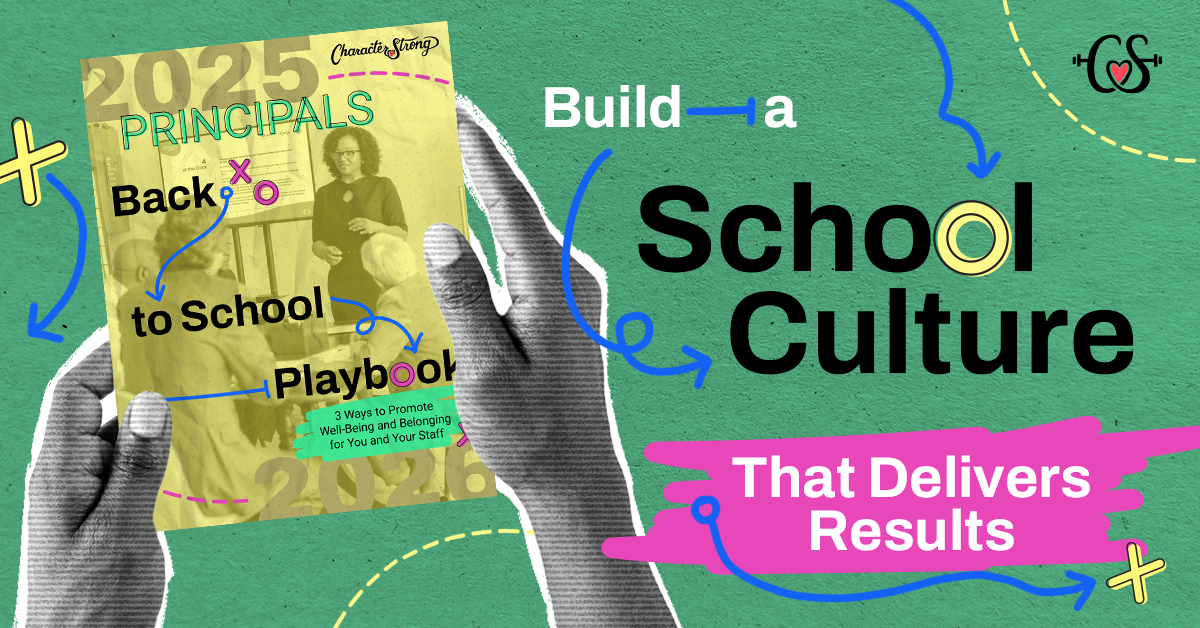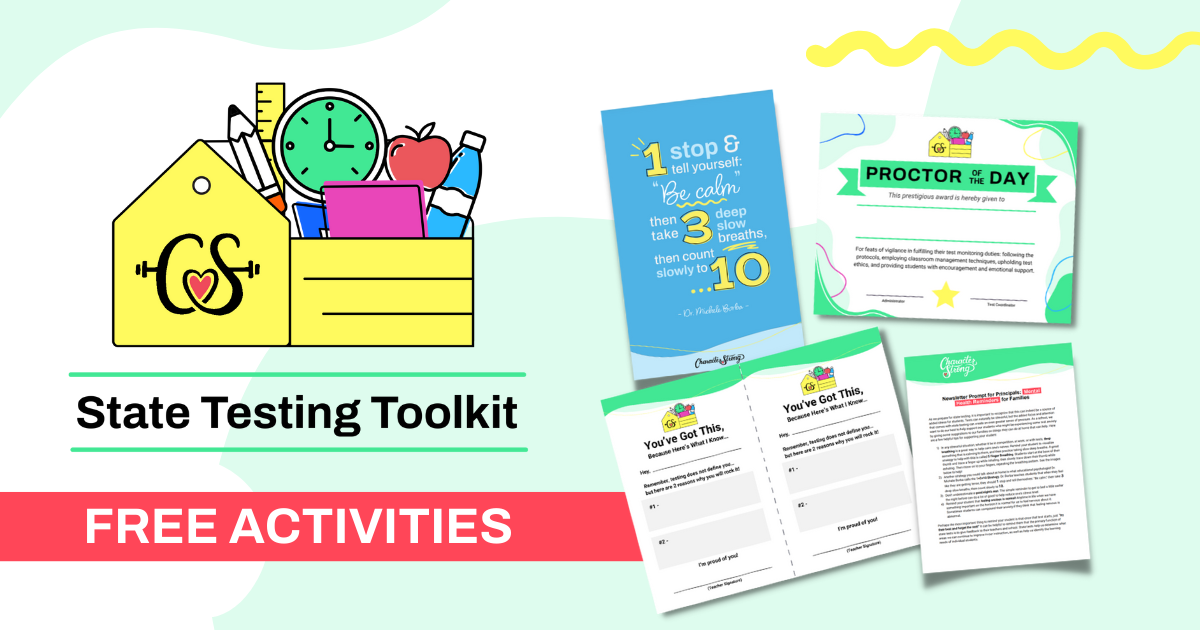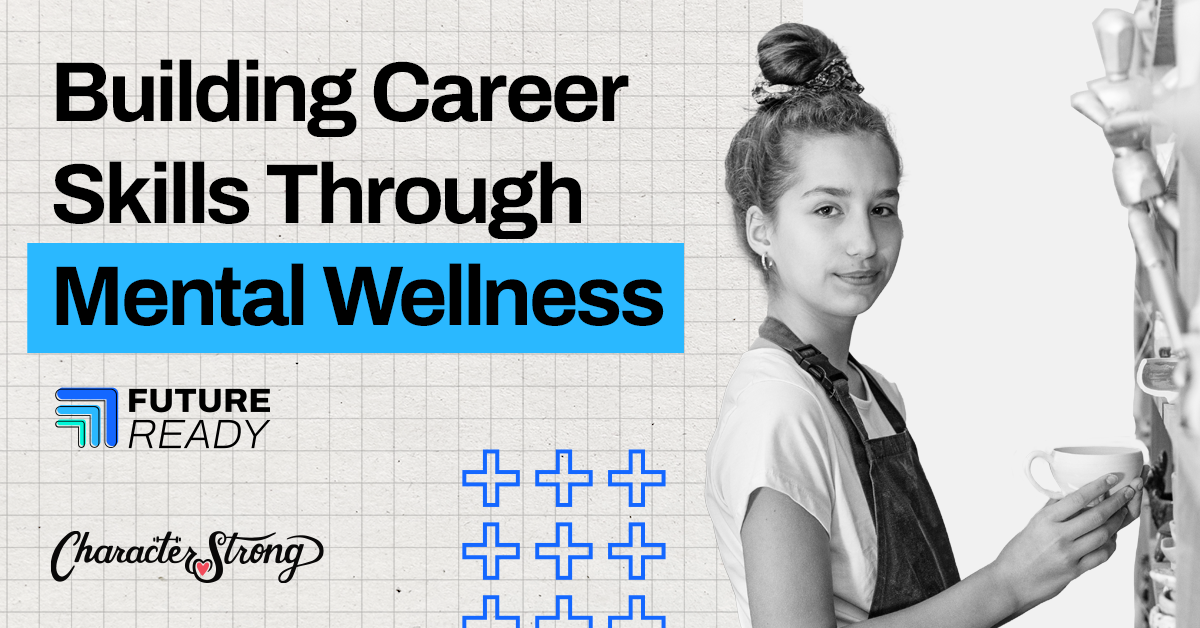3 Strategies to Confront the Student Behavior Crisis in Schools
Confronting the Student Behavior Crisis in Schools
Across the United States, student behavior remains a critical challenge in various educational settings, from high schools to elementary schools. The school year often witnesses disruptive behavior, creating an environment where staff members are frequently dealing with inappropriate behavior, power struggles, and negative impacts on the learning environment. School leaders, administrators, and classroom teachers are confronted with the need to address disruptive student behavior using evidence-based practices, as highlighted by the National Center and the U.S. Department of Education. A recent survey revealed that disruptive behavior is a prevalent issue, affecting both younger and older students.
To tackle these challenges, school districts are urged to adopt proactive measures and implement effective classroom management strategies. Positive behavior and clear expectations emerge as essential components in creating a positive impact on the classroom environment.
How to Address Student Behavior in Schools
The first step in addressing disruptive behavior involves acknowledging the role of relationships, empowerment, teaching and learning practices, and the overall environment. By prioritizing positive relationships and creating a safe, predictable learning environment, educators can contribute to improved student engagement, better social behaviors, and enhanced academic achievement.
For new teachers and those facing difficult situations, valuable information and support can be derived from research studies, literature reviews, and the expertise of experienced school staff. Recognizing that behavior issues may stem from mental health issues, special education needs, or other factors, schools are encouraged to implement a relationship-based classroom management approach that considers students' individual needs.
Download our Student Behavior Checklists.
By shifting from reactive to proactive approaches, schools can move away from zero-tolerance policies, fostering positive interactions and reducing extreme student behaviors. This shift is particularly crucial at the elementary level, where educators play a vital role in laying the foundation for positive social interactions and behavior.
Creating a positive and proactive learning environment involves a multidimensional approach, incorporating different strategies, evidence-based practices, and a focus on building positive relationships. By addressing disruptive behavior at its core and implementing effective classroom management strategies, schools can contribute to a more positive and productive educational experience for both students and educators alike.
Get our Student Behavior Checklists
3 Proactive Classroom Management Strategies to Transform Your Classroom
Banking Time for a Positive Impact
This is a relational practice that involves identifying a window of time to connect with a student to “deposit” into the relationship. These deposits are created through skillful practices by getting to know the student as a person and increasing their sense of belonging. The educator asks open-ended questions expressing empathy and interest.
Positive Greetings at the Door is an Essential Part
This proactive practice is designed to increase opportunities for connection. The educator greets students at the door with an authentic greeting and provides an opportunity for a quick connection. It is also an opportunity for educators to use pre-corrective statements and/or have a restorative conversation with students as they enter.
Indirect Compliments Through Other Adults
This relational practice requires the educator and other school leaders to pay close attention to a student to identify positive qualities or actions based on what they said, did, or achieved. The educator then relays this compliment to another meaningful adult in the student’s life (aka - positive notes home; positive office referrals) and that adult shares the interaction/feedback with the student. Research shows that this evidence-based strategy is more effective than a direct compliment.
Effects of a Proactive Approach
By implementing these strategies, schools can witness a remarkable transformation:
- Fewer discipline problems and increased student engagement
- Improved social-emotional development and positive classroom dynamics
- Elevated teacher satisfaction and reduced burnout
The First Step
Start by implementing one or two proactive strategies in your classroom. Share your successes with colleagues and collaborate to build a school-wide culture of proactive behavior management. Remember, even small changes can have a significant impact on student behavior and the overall learning environment.
Bonus:
- Include statistics about the prevalence of disruptive student behavior and its impacts on learning.
- Highlight specific evidence-based practices and their research backing.
- Offer resources for further learning and implementation.
By incorporating these practices regularly, students have a sense of belonging in the classroom. When students feel safe and connected to the adults and others in a classroom setting we see misbehavior minimized. These proactive strategies allow students to to be their authentic selves in the classroom leading to positive behavior, engagement, participation, and fewer absences. All of these practices when woven together create a relationship-oriented, predictable, and safe learning environment resulting in teacher satisfaction and efficacy.


